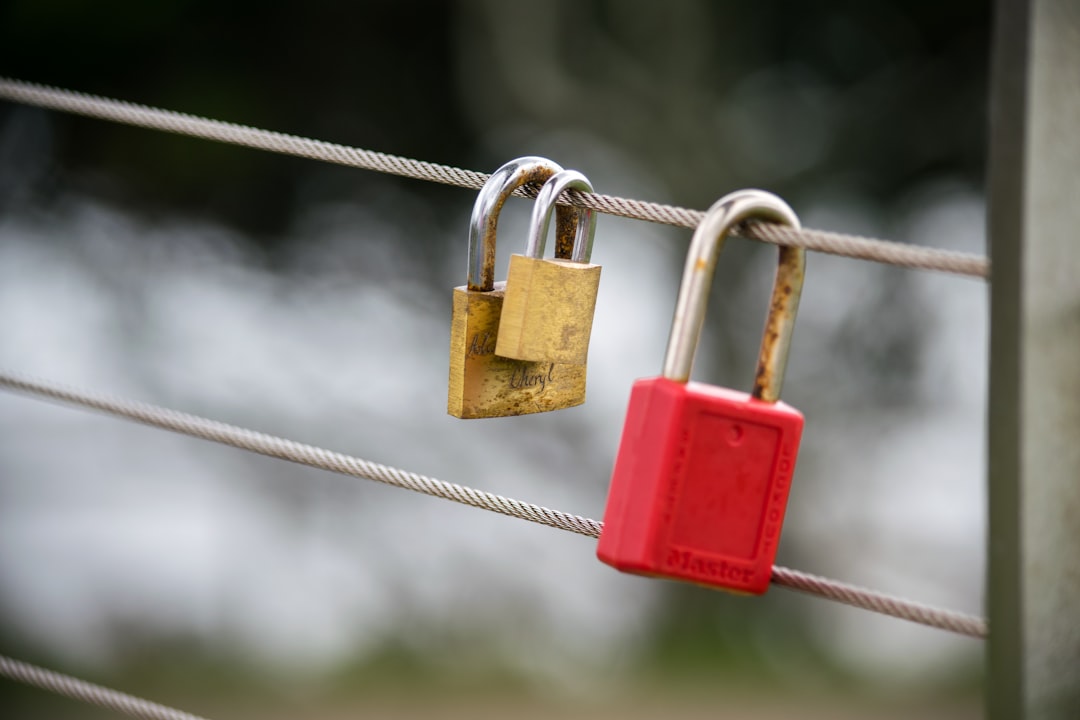WordPress powers more than 40% of all websites on the internet, making it a favored target for hackers and malicious bots. Whether you’re a small business, blogger, or running an e-commerce store, safeguarding your WordPress site is crucial. But with so many threats and prevention practices out there, where do you even start?
TLDR: TL;DR – Quick Summary
If you’re running a WordPress site, security must be a top priority. Start by securing your login credentials, keeping software and plugins updated, and installing a reputable security plugin. Use secure hosting, disable unused features, and routinely back up your site. These strategies can drastically reduce your chances of being hacked and keep your site running smoothly.
Why WordPress Security Matters
With its vast ecosystem of plugins and themes, ease of use, and community support, WordPress is the go-to CMS for millions. But its popularity comes with a price — it’s one of the most targeted platforms for cyberattacks. Security breaches can lead to:
- Stolen user information
- SEO penalties from search engines
- Loss of customer trust and business revenue
- Complete loss of your website
Starting with the right security foundations can save you countless hours of damage control later.
1. Choose a Secure Hosting Provider
Your hosting provider is the first line of defense. A reliable host will offer:
- Firewalls and malware scanning
- Daily backups
- SFTP (Secure File Transfer Protocol)
- Isolated environments for each WordPress site
Consider hosts specifically optimized for WordPress such as Kinsta, SiteGround, or WP Engine. They often include features tailored for WordPress security.
2. Use Strong Login Credentials
Believe it or not, many hackers enter through the front door — the login page. Reduce this risk with:
- Strong passwords: Avoid using ‘admin’ and default credentials. Use a mix of upper/lowercase letters, numbers, and symbols.
- Two-Factor Authentication (2FA): Add an extra layer of security using apps like Google Authenticator or Authy.
- Limit login attempts: This prevents brute-force attacks by locking out users after several failed attempts.
3. Keep WordPress, Plugins, and Themes Updated
Many website hacks happen because of outdated software. WordPress and its components are constantly being updated to fix bugs and security vulnerabilities.
To maintain security:
- Enable automatic updates where possible.
- Use only reputable plugins and themes from trustworthy sources.
- Delete any unused or deactivated plugins and themes.

4. Install a WordPress Security Plugin
A security plugin acts like an all-in-one guard dog. Some of the most reliable options include:
- Wordfence: Offers firewall protection, malware scanning, and login security.
- Sucuri: Provides a website firewall and removes malware.
- iThemes Security: Great for beginners, with simple controls and frequent updates.
These plugins shield your website from common threats without requiring deep technical knowledge.
5. Install an SSL Certificate
SSL (Secure Sockets Layer) encrypts the data transferred between your website and its visitors, enhancing security and trust. Sites with SSL start with https:// instead of http://.
Most reputable hosting providers offer free SSL certificates. Not only does SSL improve security, but it’s also a ranking factor for search engines like Google.
6. Set Up Regular Backups
No security setup is complete without a reliable backup system. If your site is compromised, a backup can restore it quickly without starting from scratch.
Recommended backup plugins include:
- UpdraftPlus: Allows scheduled backups to remote storage like Google Drive, Dropbox, and Amazon S3.
- BlogVault: Offers real-time backups and an easy-to-use dashboard.
- VaultPress: Maintained by Automattic, the creators of WordPress.com.
Test your backups regularly to ensure they work when needed.
7. Change the Default Login URL
By default, most WordPress login pages can be accessed by adding /wp-admin or /wp-login.php to the domain name. Changing this URL can often stop automated brute-force login attacks in their tracks.
You can use plugins like WPS Hide Login to quickly modify your login URL without breaking your site.

8. Implement File Permissions and Disable File Editing
WordPress allows you to edit theme and plugin files from the dashboard — a feature that’s handy but dangerous. If a hacker gets access, they could inject malicious code directly into your site.
To disable file editing:
define('DISALLOW_FILE_EDIT', true);Add the above line to your wp-config.php file.
Additionally, set correct file permissions:
-
755for directories -
644for files
9. Use a Web Application Firewall (WAF)
A WAF blocks malicious traffic before it reaches your website. These firewalls can exist on your server (host-level), via a plugin (application-level), or on the cloud.
Some standout WAF providers include:
- Sucuri Firewall
- Cloudflare
- StackPath
10. Monitor and Audit Your Site
Regular security audits help detect issues before they become real problems. Keep an eye on:
- Failed login attempts
- File changes
- Plugin activity
- User behavior (especially admin level users)
Most security plugins come with logging features to help you track and respond to these activities.
Bonus: Educate Your Team
Your WordPress security is only as strong as its weakest link. If you manage a site with multiple users, ensure everyone understands basic security protocols:
- Using strong, unique passwords
- Recognizing phishing attempts
- Logging out on shared computers
- Keeping personal devices free from malware
Final Thoughts
Complete WordPress security isn’t a one-time setup — it’s a continuous process. By starting with the measures outlined above, you can dramatically reduce your site’s vulnerability and safeguard your content and users. As your website grows, revisit and refine your security strategy to adapt to changing threats.
Think of WordPress security as digital hygiene: easy to overlook, but crucial for long-term health and success.

